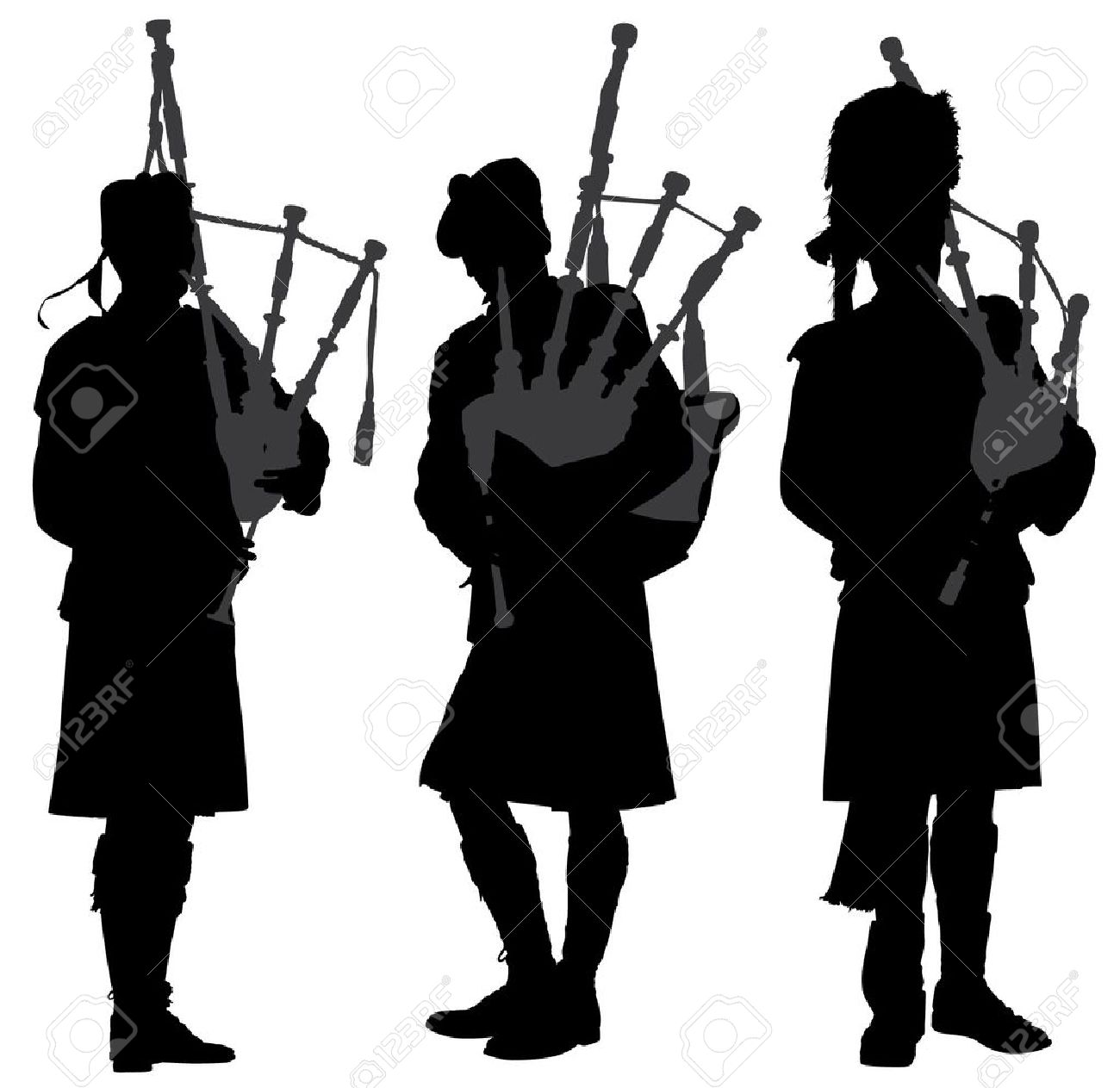

Boucher became a faculty member in 1734 and his career accelerated from this point as he was promoted Professor then Rector of the Academy, becoming inspector at the Royal Gobelins Manufactory and finally Premier Peintre du Roi (First Painter of the King) in 1765.īoucher died on in his native Paris. His morceau de réception (reception piece) was his Rinaldo and Armida of 1734.īoucher married Marie-Jeanne Buzeau in 1733. On his return from studying in Italy he was admitted to the refounded Académie de peinture et de sculpture on 24 November 1731. In 1720, he won the elite Grand Prix de Rome for painting, but did not take up the consequential opportunity to study in Italy until five years later, due to financial problems at the Académie royale de peinture et de sculpture. Lemoyne later appointed Boucher as his apprentice, but after only three months, he went to work for the engraver Jean-François Cars. At the age of seventeen, a painting by Boucher was admired by the painter François Lemoyne. He was perhaps the most celebrated painter and decorative artist of the 18th century.Ī native of Paris, Boucher was the son of a lesser known painter Nicolas Boucher, who gave him his first artistic training.
DOWNLOAD FILE INTO BAGPIPE PLAYER DOWNLOAD
John Laytons Bagpipe Tunes, Download Bagpipe Player & BWW tunes. Boucher is known for his idyllic and voluptuous paintings on classical themes, decorative allegories, and pastoral scenes. The links and information in this page are mostly to (or from) sites I have found while.

François Boucher was a French painter, draughtsman and etcher, who worked in the Rococo style.


 0 kommentar(er)
0 kommentar(er)
